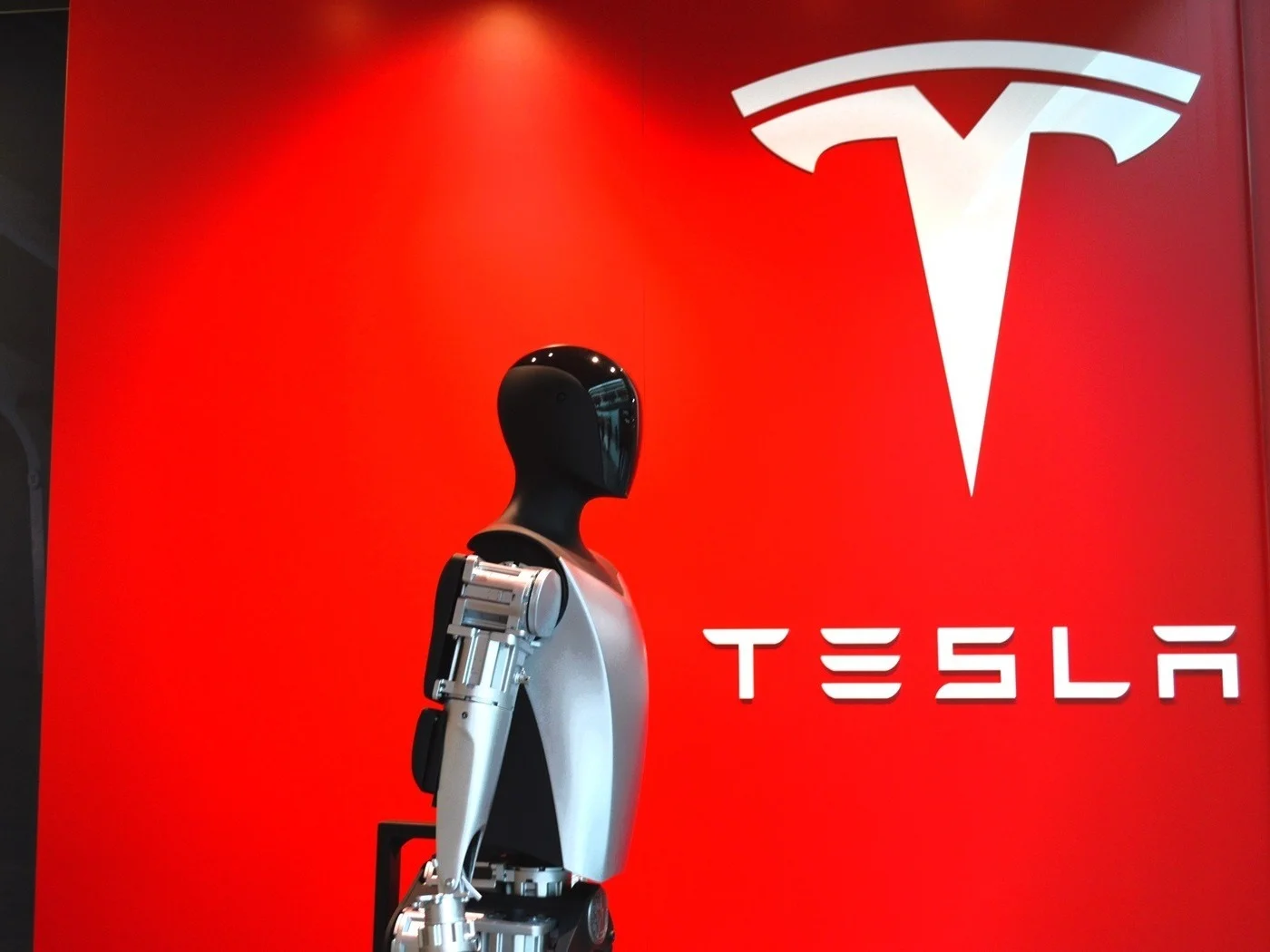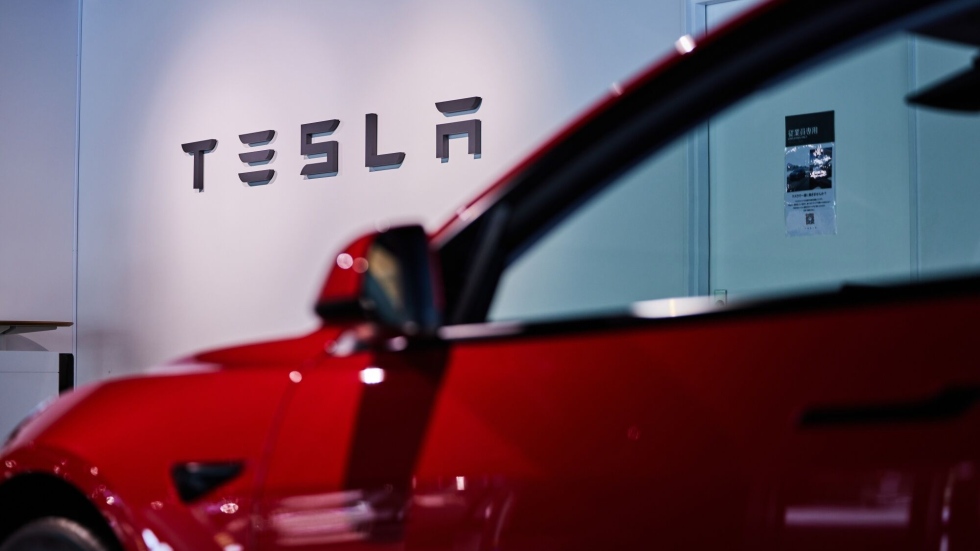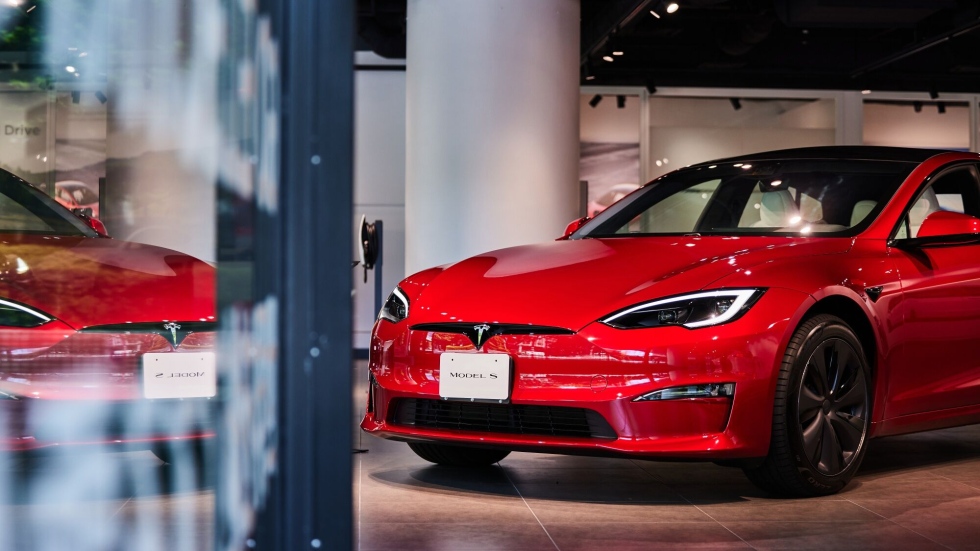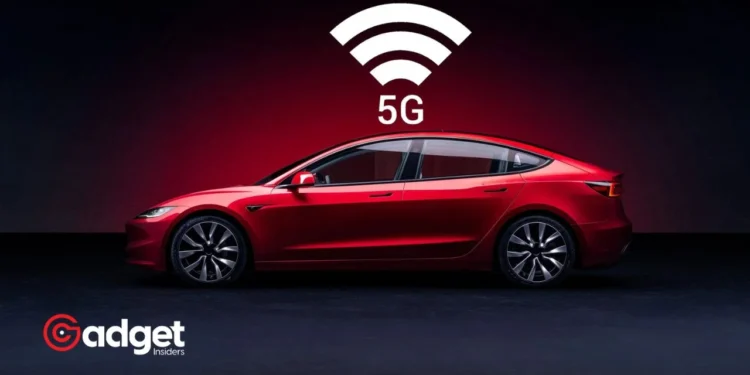In an ambitious leap towards the future, Tesla is pioneering the integration of 5G connectivity into its electric vehicles (EVs) and the groundbreaking Optimus robot, setting a new benchmark in the automotive and tech industries. This strategic move not only underscores the company’s commitment to innovation but also promises to redefine the connectivity landscape for electric vehicles and robotics alike.
Elevating Connectivity: The 5G Drive
Tesla’s initiative to establish a robust “private 5G” network infrastructure marks a significant milestone in the company’s journey.
A recent job posting for a Cellular Systems Integration Engineer on LinkedIn, shared by Lead Staff Engineer Pat Ruelke, reveals the EV giant’s ambition to enhance its vehicles and robotics with superior 5G capabilities.
The post, aimed at recruiting an “ace engineer,” highlights Tesla’s quest to push the boundaries of what’s currently possible with 5G technology.

The envisioned private 5G network by Tesla aims to ensure an unparalleled connectivity experience within the brand’s premises, encompassing its range of electric vehicles and the Optimus robot.
This move is not merely about upgrading from 3G or 4G LTE; it’s about revolutionizing how Tesla’s products connect, communicate, and operate in the real world.
The Promise of 5G in Tesla’s Ecosystem
The transition to 5G technology is expected to bring about a seismic shift in Tesla’s operational and product functionalities. Known for its significantly reduced latency and increased data transmission rates, 5G stands as a considerable upgrade over its predecessors.
For the Electric Vehicle company, this means faster download speeds, real-time data processing, and more efficient over-the-air (OTA) software updates. It also lays the groundwork for advanced Full Self-Driving (FSD) capabilities and sets the stage for the next generation of EVs and robotics technology.
However, it’s important to note that while 5G technology heralds numerous benefits, it comes with its set of challenges such as higher costs and reduced coverage areas.

The company’s proactive approach to these challenges, as indicated in its job listing, focuses on creative problem-solving and dynamic innovation to ensure seamless integration and reliable connectivity through its private 5G infrastructure.
Leading the Charge in 5G Integration
Tesla’s efforts to integrate 5G technology into its products underscore the company’s position as a frontrunner in leveraging the potential benefits of 5G. This strategic move is not just about enhancing the functionality of its vehicles and robots; it’s about setting a precedent in the automotive and technology industries.
Tesla Working to Integrate 5G Connectivity Into its EVs and Optimus Robot https://t.co/YJs2sO2rOe.
— Drive Tesla 🇨🇦 (@DriveTeslaca) March 26, 2024
The promise of a future where the products communicate seamlessly over private 5G networks is a testament to the company’s vision. It’s an exciting time for the enthusiasts and the tech community at large, as we stand on the cusp of a new era in connectivity and technological innovation.

Tesla’s journey towards 5G integration is a clear indicator of the company’s commitment to pushing the envelope, not just in electric vehicles but in the broader spectrum of technology and innovation.
As Tesla continues to forge ahead, the world watches with anticipation to see how this move will transform the landscape of EVs and robotics technology for years to come.










